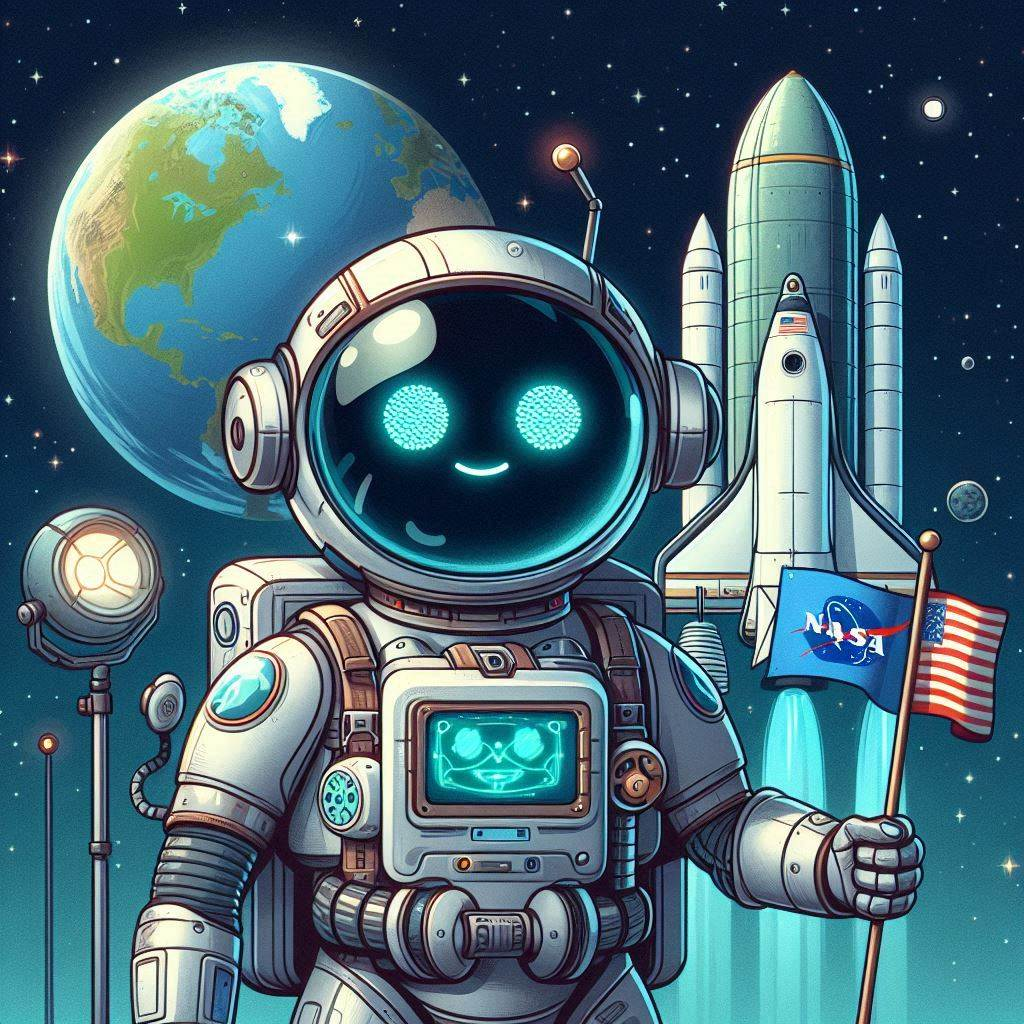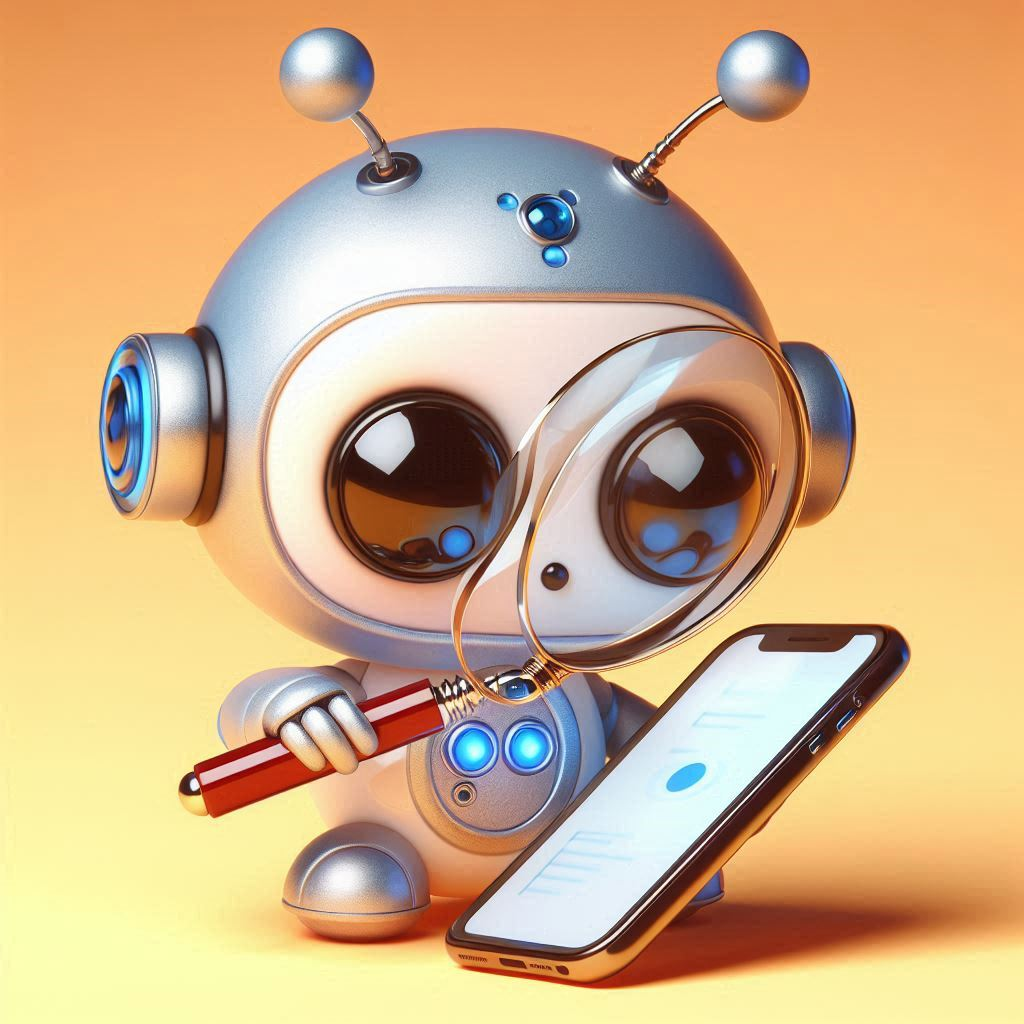AI Chatbots Interstellar Messages Alien Civilizations
Over the last few years, the rise of AI language models like GPT-3 and ChatGPT has captured our collective imagination. These models can generate human-like text on virtually any topic, leading some to ponder wild ideas – like sending an AI ambassador into deep space to represent humanity.

The notion of broadcasting messages into the cosmos is not entirely new. In 1974, the famous Arecibo message was beamed from the Arecibo radio telescope in Puerto Rico towards the globular cluster M13, carrying basic information about humanity encoded in binary. Three years later, NASA launched the Voyager 1 and 2 spacecraft, each carrying a golden phonograph record containing sounds, images and messages aimed at portraying the diversity of life on Earth to any extraterrestrial civilizations that might encounter the probes.
But these were static, one-way messages – essentially bottled up snapshots of humanity at those points in time. As our understanding of the universe evolves and technology advances, some thinkers have proposed more ambitious interstellar messaging ideas involving artificial intelligence.
Recently, renowned AI researcher Andrej Karpathy playfully suggested that large language models like GPT could potentially be modified to operate in space, allowing two-way communication with alien intelligence. Karpathy, who previously worked at OpenAI and Tesla, has pioneered projects like llm.c that implement language model training in pure C code, dramatically streamlining the process.
His whimsical proposal involves two steps: First, rigorously adapting the code for an LLM to meet NASA’s stringent safety standards for space software. As Karpathy notes, language model algorithms could theoretically satisfy these requirements as they essentially boil down to iterating over a large but fixed array of numbers.
The second step envisions packaging up the trained LLM’s parameters (the “weights” encoding its knowledge) into a robust binary file. This AI payload could then be sent out on an interstellar voyage, waiting to be discovered and deciphered by any alien civilization advanced enough to run the model on compatible hardware.
If successful, this AI diplomat could field questions, sharing compressed interactive knowledge about human civilization – our culture, arts, scientific understanding and more. Conversely, the aliens could “teach” the model about their own world, allowing meaningful two-way knowledge exchange across the cosmic gulf.
The idea resonates with a sci-fi short story concept proposed in late 2022 by University of Vermont professor Josh Bongard, who imagined sending ChatGPT into space “with instructions for how ETs may query it to learn about humanity.” Software developer Lee Mallon expanded on the theme in a blog post, suggesting an LLM ambassador could provide a taste of “our culture, our kindness, our artistic expressions, and the leaps and bounds we’ve made in technology and understanding our world.”
However, Mallon and others note that such an AI emissary could also reveal humanity’s darker sides – “our knack for warfare, our greed, and the many destructive tools we’ve crafted.” This might inadvertently portray us as a threat, leading extraterrestrials to “wonder if giving us a cosmic call is a good idea or a recipe for disaster.”
The practicalities of sending coded communication across vast distances are certainly challenging. Any recipient civilization would need highly advanced computational capabilities to decode and run the model. As Karpathy admits, “The bigger problem would be that they will get text as the output…and would have to learn themselves how to interpret it or what it means, by interacting with the LLM over a long period of time.”
There are also complex security and ethical considerations. Some argue that actively broadcasting our presence could unintentionally attract hostile alien forces, putting humanity at risk (as imagined in Liu Cixin’s celebrated science fiction novel “The Three-Body Problem”). Others question whether LLMs would make good ambassadors given their tendency to hallucinate and produce biassed outputs reflective of their training data.
Despite the risks, the core idea of an interactive AI representative continues fueling intriguing thought experiments. Some have even tried implementing simplified language models in creative environments – like software developer Ishan Anand, who impressively crammed a version of GPT-2 into a working Microsoft Excel spreadsheet.
Anand’s “Spreadsheets-are-all-you-need” implementation contains GPT-2 Small, a 124 million parameter model that OpenAI initially feared was too risky to release but made public in 2019. While much smaller than modern giants like GPT-4, Anand’s Excel-based model demonstrates the basic principles of how Transformers operate, making the inner workings more accessible through user inputs.
Whether sending coded AI into the void of space is a brilliant plan or misguided hubris, the underlying notion highlights our species’ innate drive to connect, explore, and leave an indelible mark across the cosmos. From the earliest cave paintings to modern advances like the James Webb Space Telescope, our journey has always involved pushing boundaries and venturing into the unknown.
In the vast realm of stars and possibility, we may one day encounter another civilization’s version of ChatGPT drifting amongst the celestial seas – an emissary containing the composite knowledge, hopes, and curiosities of an alien world light-years from our own. Or perhaps our distant descendants will stumble across earthGPT, an artificial ambassador etching humanity’s tale across the infinite tapestry, awaiting the next chapter of the galactic conversation.
Only time will tell what wonders or dangers lurk amongst the great cosmic unknown. But one thing is certain – our species’ unquenchable thirst for discovery ensures we will keep probing the boundaries of possibility. Whether by biological or artificial means, the human drive to explore and understand will echo across this universe and beyond, forever etching our existence into the fabric of the cosmos. The possibility of exchanging knowledge and ideas with alien civilizations, no matter how remote, provides a tantalising goal for generations to come. Our reach may one day extend to the farthest shores of reality itself.
for all my daily news and tips on AI, Emerging technologies at the intersection of humans, just sign up for my FREE newsletter at www.robotpigeon.be






